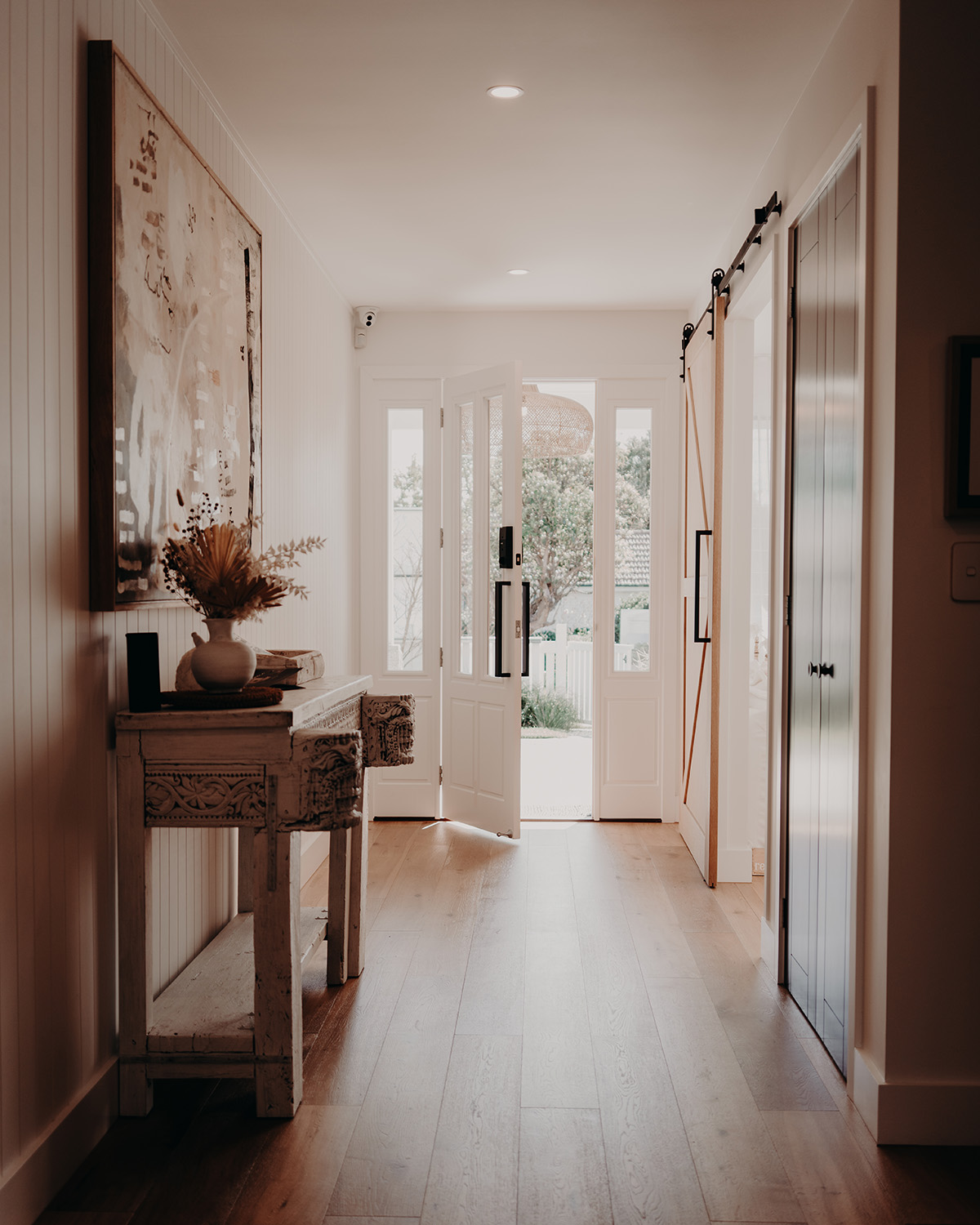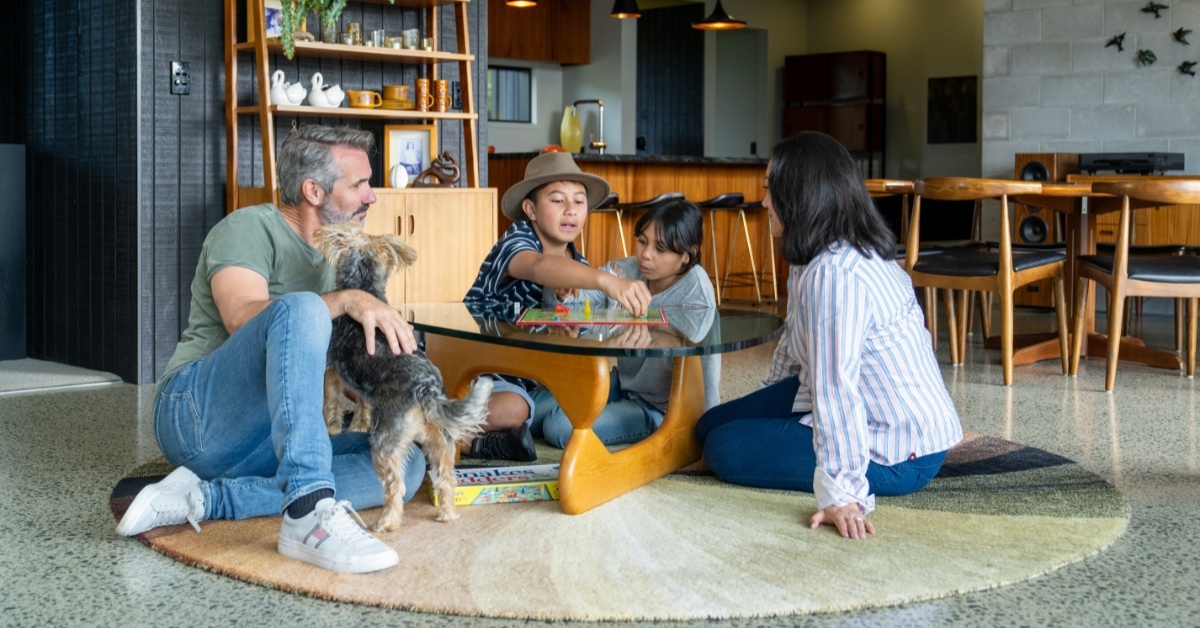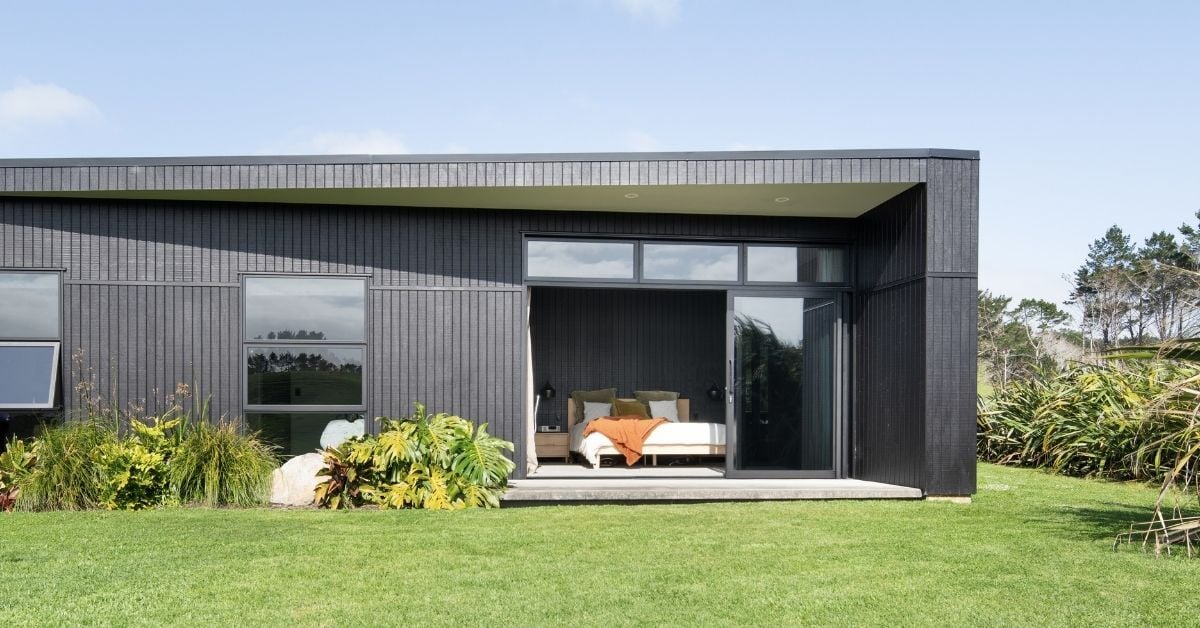How Kiwi Families Are Redefining Home Life in 2025

From the rise of adult children staying at home longer to younger generations bringing back traditional design features, the way New Zealand families live is undergoing a quiet transformation. A new study from LJ Hooker has shed light on how evolving preferences, financial realities, and changing values are shaping the homes we live in—and what we’re looking for in our next one.
Despite the shifts, one thing remains constant: Kiwis still want personal space. Whether it’s a quiet street or a room of one’s own, privacy and independence continue to top the list of must-haves for many families.
Personal space is non-negotiable
As the cost of living rises and home ownership becomes more difficult to achieve, multi-generational living has emerged as one possible solution. But LJ Hooker’s research reveals it’s still far from the norm. Only 27% of New Zealanders said they would be open to living with their in-laws—and even among this group, 60% would only consider it if the in-laws had their own self-contained space.
Parents are equally protective of their children’s privacy. More than half (58%) said they wouldn’t consider buying a home where their children would have to share a bedroom.
LJ Hooker Head of Network NZ Campbell Dunoon said it’s a sign that even as we adapt our lifestyles, space and independence still carry significant weight in decision-making.
“Family dynamics have changed a lot in recent years. It’s more common to see adult children staying at home longer or extended family members moving in. But while these setups can help families save money or offer support, most people still want their own space,” Dunoon said.
“These arrangements can work well—for example, helping adult kids save for a deposit or giving ageing parents nearby support—but they work best when there’s enough space to allow for privacy and independence.”
Young people want old-school design
While younger generations are often associated with open-plan, minimalist living, LJ Hooker’s findings show Gen Z Kiwis are bucking that trend. In fact, 70% of Gen Z respondents believe formal living and dining rooms still have a place in the modern home—compared to just 43% of Baby Boomers.
It’s a surprising reversal of roles. Older generations, who grew up with formal spaces as a standard part of the home, are more likely to view them as outdated. But for younger buyers and renters, the appeal seems to be growing.
“Surprisingly, younger people are seeing more relevancy in having formal dining and living spaces,” Dunoon said. “For Baby Boomers, these rooms may feel like relics of the past. But for Gen Z, they offer a sense of tradition and purpose. They see value in having designated areas for gathering, entertaining, or even just switching off.”
As more young people enter the property market—whether as owners or renters—this shift in preference could have a big influence on future home design and renovations.
Adult children at home, but with expectations
The research also explored how long adult children are staying in the family home—and what expectations come with that. Most parents don’t anticipate their kids moving out until around age 28, but many expect them to start contributing to household costs earlier.
In fact, 52% of parents said they expect their children to start paying rent once they turn 18.
This reflects a wider reality for many families, where financial support is balanced with a gradual move toward independence.
“Having young adults live at home longer is increasingly common, but it often comes with new rules or expectations,” Dunoon said. “Contributing rent or helping out with bills teaches financial responsibility, and can be an important step in preparing for future home ownership.”
Community still matters—especially quiet ones
When it comes to choosing a home, it’s not just about what’s inside. Location and lifestyle still carry a lot of weight. The top priority for Kiwis choosing where to live? Peace and quiet.
A tranquil neighbourhood outranked access to public transport, proximity to shops, and even school zones, with 43% of respondents selecting it as their number one consideration. Many also mentioned wanting green spaces, friendly neighbours, and a safe, welcoming environment.
“Everyone has a different vision for their ideal location,” Dunoon said. “But for most Kiwis, it’s clear that escaping the hustle and bustle of daily life is more important than ever.”
That doesn’t mean families are ignoring practicalities. School zoning is still a top priority for parents, with 57% saying it plays a major role in choosing a suburb. But the research highlights a growing trend toward choosing lifestyle-first communities—places where families can relax, connect, and enjoy a slower pace of life.
What it means for the future of kiwi homes
As New Zealand continues to face housing affordability challenges, the way we live is likely to keep evolving. Shared spaces, multi-generational households, and flexible design will all play a role—but only if they meet the strong, consistent desire for personal space and peaceful living.
For agents, developers, and anyone working in the property industry, these insights offer a valuable window into what Kiwi families really want. And for buyers and renters, they’re a reminder that your perfect home isn’t just about square footage—it’s about how the space works for your life, your family, and your future.
Share



